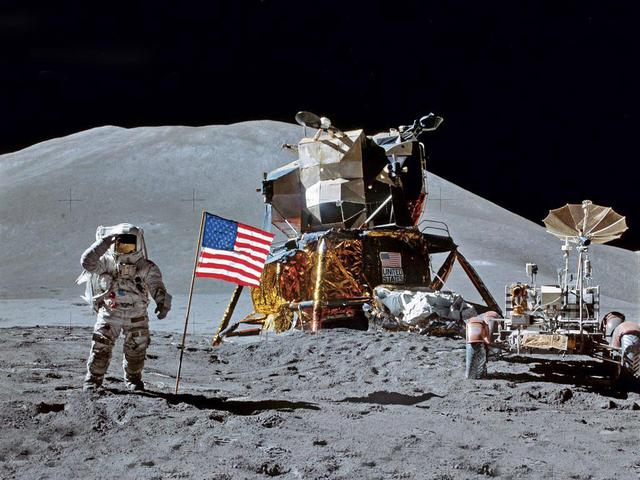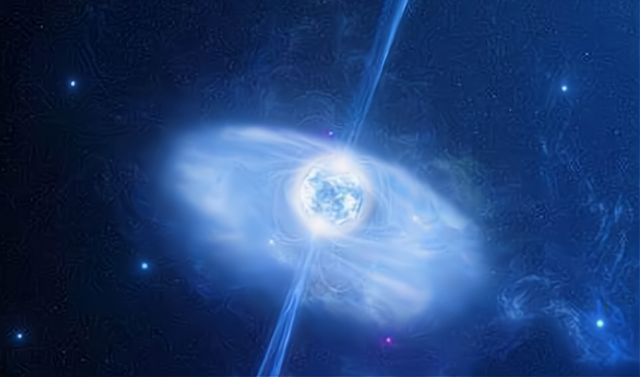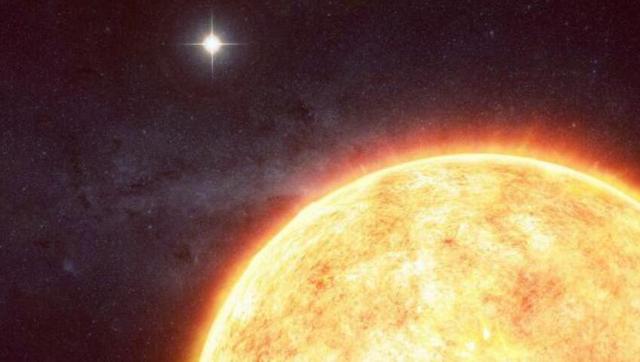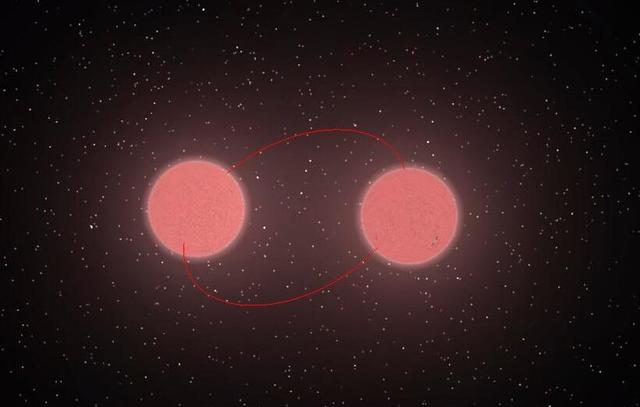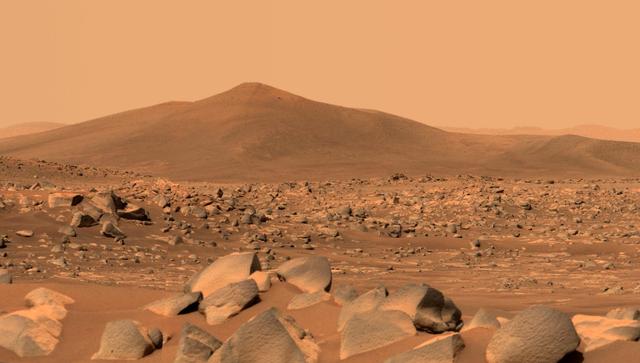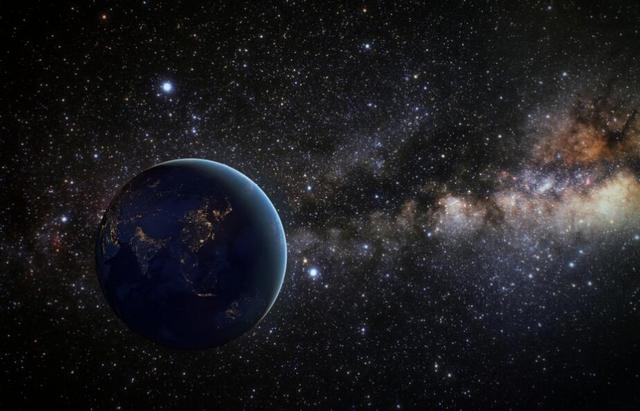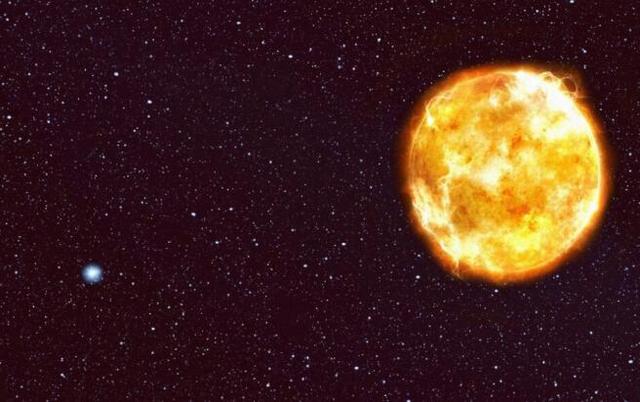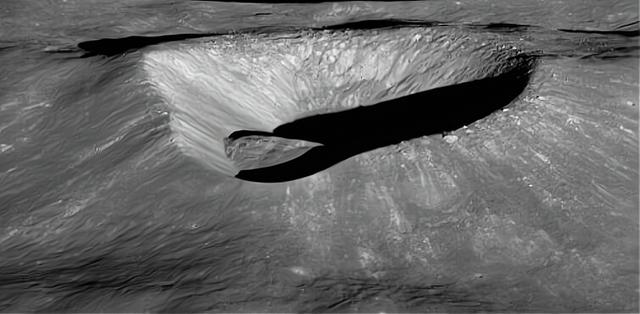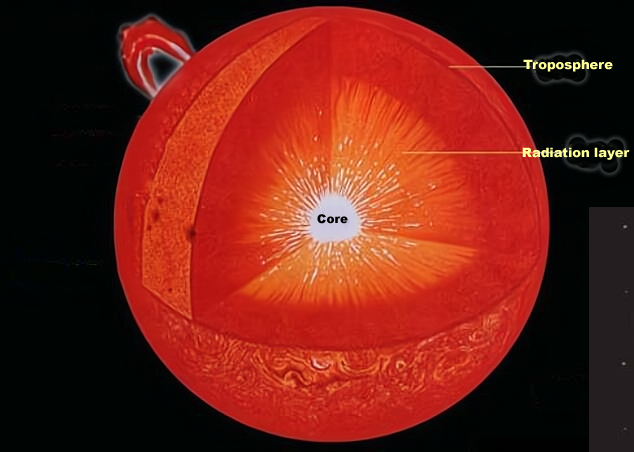Although there are no people on the moon, more than 180 tonnes of rubbish have appeared. The rubbish was not dumped on the moon by an alien civilisation, but by humans. Over the past few decades, humans have launched a series of probes and manned spacecraft to explore the moon, some orbiting the moon and some landing directly on its surface. When these rovers and spacecraft have completed their mission, much of the equipment is left on the surface of the moon, such as the rovers and landers. For the moon, this natural body would have been free of such instruments and equipment, but when they were abandoned, they became junk. Scientists estimate that more than 180 tons of junk have appeared on the moon, based on human launches of lunar probes.

As humans continue to explore the moon, more and more rubbish will appear on the moon. For example, russia plans to launch a lunar probe called luna 25 at the end of august this year, which is scheduled to land in the south polar region of the moon to explore the potential water resources beneath the moon's permanent ice. The probe will also be turned into rubbish when its future mission is over. In addition to this, mankind is preparing for a return to the moon, for example, the united states plans to implement the artemis project in 2024 to send astronauts to the moon and to build a base on the moon in the future, and our country has plans to build a research station on the moon. In the future when the construction of these bases and scientific research stations is completed, there will probably be more trash on the moon.

Although with the advancement of technology, human exploration of the moon will become more frequent, more lunar probes and lunar spacecraft will be launched, and more humans will set foot on the surface of the moon, some studies have found that human visits to the moon may not be as smooth as we thought, and may face some problems that we cannot solve at present. One of these problems is that during the apollo moon landings, some of the astronauts on the moon had a 'strange illness' - what happened? Could the moon be poisonous?

Lunar astronauts developed "Strange illnesses"
Harrison schmitt was the twelfth man to set foot on the surface of the moon, and the only scientist to do so. On the 50th anniversary of the first human landing on the moon in june 2019, he warns that many people may be allergic to the dust on the lunar surface. This is because harrison schmitt, who took part in the us apollo moon landing programme and completed the last moon landing in the apollo 17 spacecraft, developed symptoms after his moonwalk.

Harrison schmitt was a geologist, so once he landed on the lunar surface, he collected samples of lunar rocks as well as moon dust around the littrow valley near the moon's sea of tranquillity. While collecting this moon dust, harrison schmidt's shoes were covered in it. Once he returned to the lunar module and removed his heavy suit, harrison schmidt inhaled some of the moon dust, which had a strong smell of gunpowder. Harrison schmidt said that when he first inhaled the moon dust, he immediately developed allergies, his nose swelled up and his voice sounded off. Not only did harrison schmidt suffer from a "Strange illness" On the moon, but other astronauts have also suffered from similar allergies, even doctors on earth. When harrison schmidt returned to earth, the doctor assisted harrison schmidt in removing his spacesuit when he developed a severe allergy, probably because harrison schmidt had brought some moon dust back to earth.

On earth, dust is everywhere and we inhale some of it from time to time, but it is usually not a problem. What's so special about moon dust? Why does it make people feel uncomfortable? Although both are dust, moon dust on the moon is different from dust on earth. The dust particles on the moon are the remnants of tiny meteorite impacts, and because there is no water or air to erode it, the moon dust is not round and spherical, but very sharp, and each one keeps sharp edges, like tiny glass crumbs.

The key thing is that when the spacecraft and probe land on the moon, the airflow from the spacecraft and probe's thrust reversal engine will blow up the dust on the surface of the moon, and once this moon dust is blown up, it will not be able to disperse for a long time. In other words, the floating lunar dust will be around the landing zone of the spacecraft and rover for quite a long time.

Although the lunar astronauts are wearing spacesuits when they move around on the lunar surface, this does not completely protect the lunar astronauts. Apart from the fact that there would be some dust that would be attracted to the spacesuits and brought back to the spacecraft, this dust is very sharp and pointed and could cause some wear and tear on the astronauts' spacesuits. When harrison schmidt went to the moon he wore boots that had 3 layers of material worn through. So moon dust is really more dangerous for moon landing astronauts, and some scientists are concerned that it may pose a threat to moon landing astronauts that we don't expect.

When the apollo moon astronauts were not on the lunar surface for long, they did not inhale much moon dust, so they just had an allergic reaction. If in the future humans were to create lunar bases and scientific research stations on the moon, then the astronauts would probably inhale much more moon dust. Once a large amount of this moon dust is inhaled, this moon dust will be embedded in the tiny vesicles in the astronaut's lungs and will then be consumed by the macrophages in the lungs, with the end result being the death of the macrophages and possibly impaired lung function.

Of course, it is believed that in the future scientists will still find a solution to this moon dust. Because moon dust can easily become charged and can remain charged for a long time, we can take advantage of this one property for treatment. For example, we could use electron beams to treat all aspects of the suit so that the effect of the moon dust on the astronauts could be significantly reduced.

